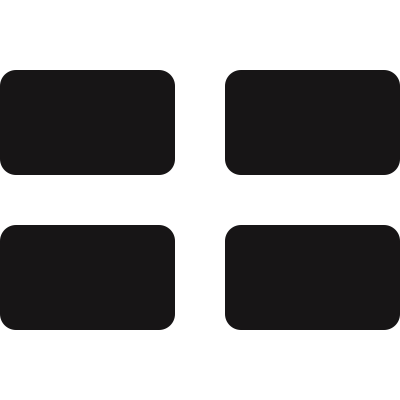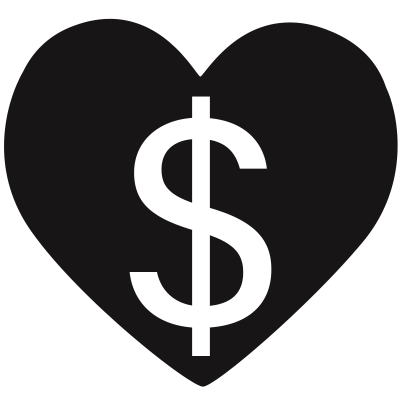
Counting Birds in a Photo
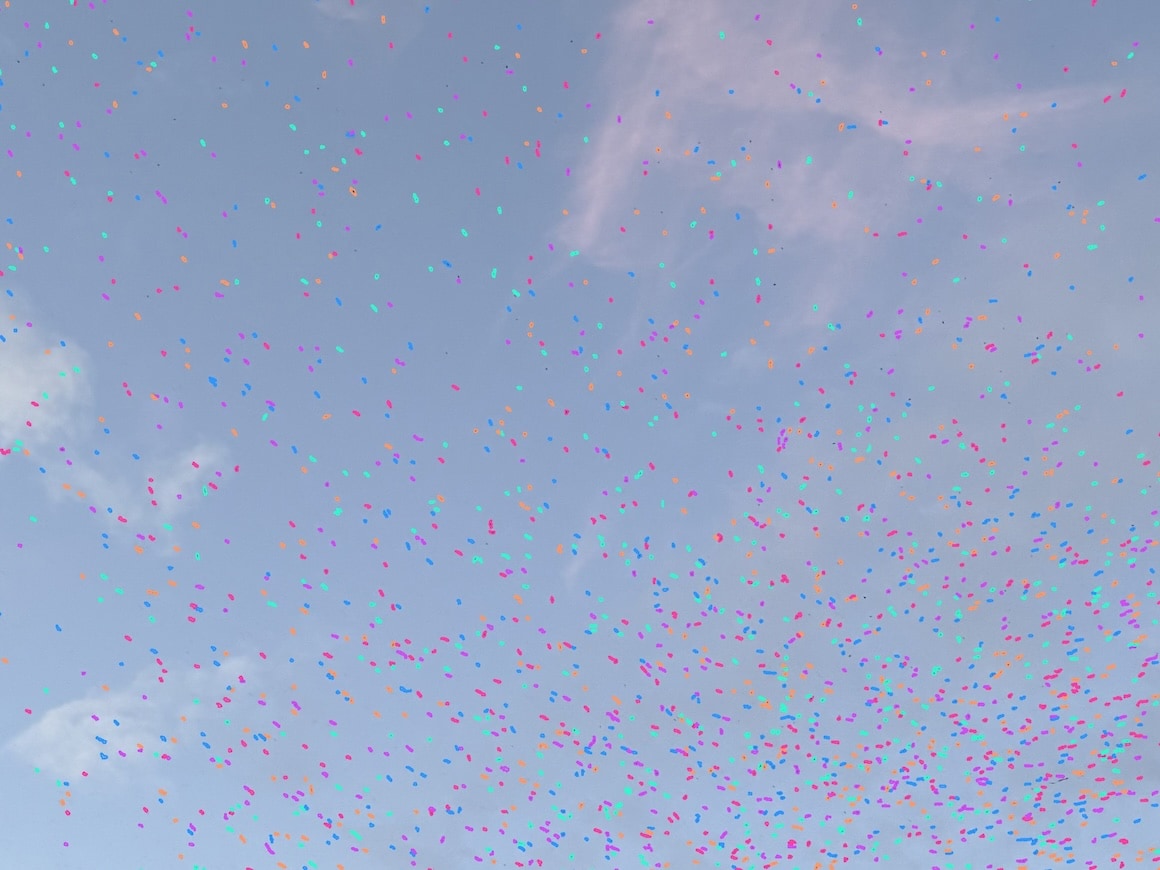 In a recent photo gallery, I shared images of thousands of Vaux's Swifts gathering at their roosting chimney in the evening. While it was clear there were thousands of them, it was hard to visually estimate a count since they were flying quickly at times and swirling all around.
In a recent photo gallery, I shared images of thousands of Vaux's Swifts gathering at their roosting chimney in the evening. While it was clear there were thousands of them, it was hard to visually estimate a count since they were flying quickly at times and swirling all around.
In this post I'll share a bit of code I used to count the birds in a photo I took. This helped me get a sense for how many birds I saw.
continue reading...NFL Elo Power Rankings for 2024
I've been working on Elo model improvements, off and on, for the entire offseason. I'm excited to share some improvements.
The new 2024 season ratings and rankings page is live!
(The 2023, 2022, and 2021 pages are available and updated with the new model described below.)
continue reading...My Electronic/Chill Album "Break | Away"
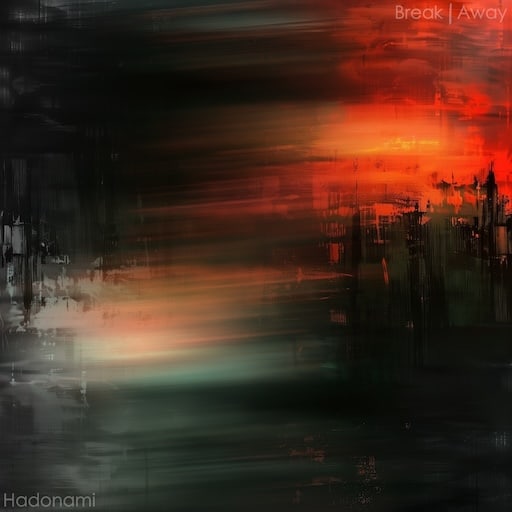 My "Break | Away" EP is now available for streaming!
My "Break | Away" EP is now available for streaming!
This is a concept album mostly in the electronic/chill genre.
continue reading...Click Counter App
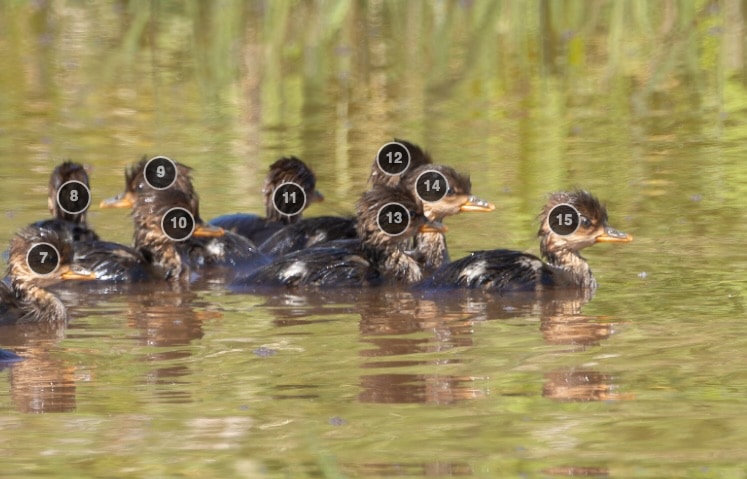 I've released a new mini app! (And a new apps page.)
I've released a new mini app! (And a new apps page.)
19% Moon on May 13, 2024
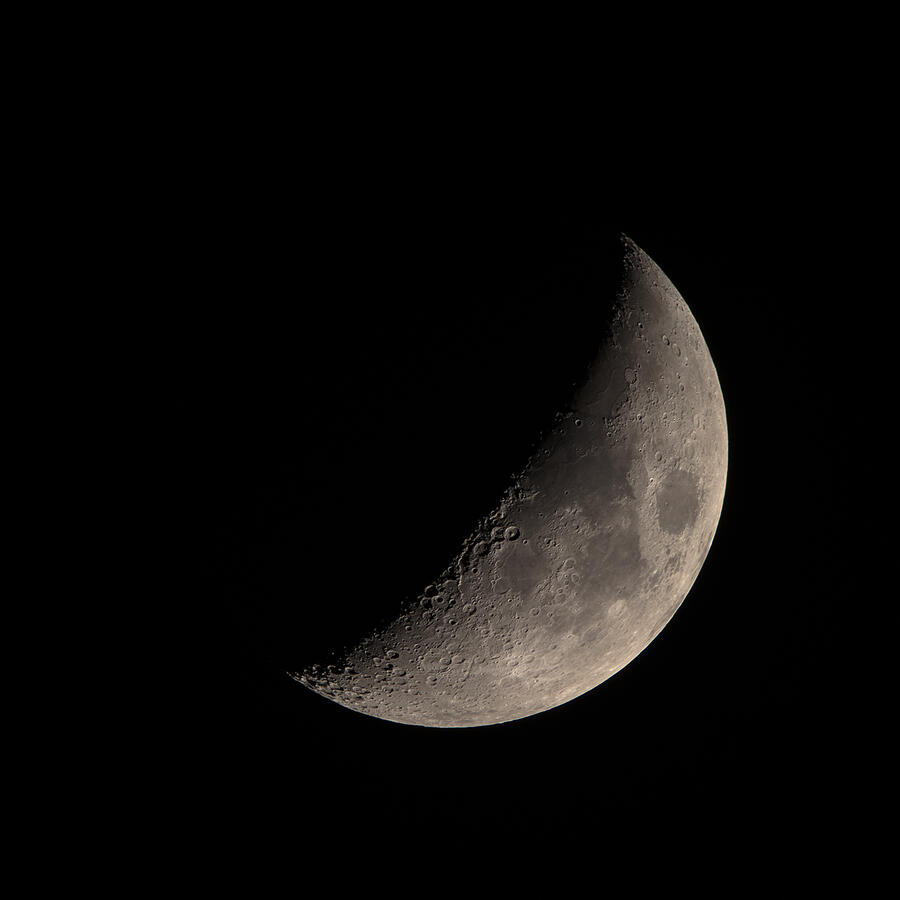 I shot the May 13, 2024 Moon at 19% phase (nearly first quarter). The idea was to try both the "lucky imaging" approach as well as some custom written Python code for aligning and stacking the frames.
I shot the May 13, 2024 Moon at 19% phase (nearly first quarter). The idea was to try both the "lucky imaging" approach as well as some custom written Python code for aligning and stacking the frames.
